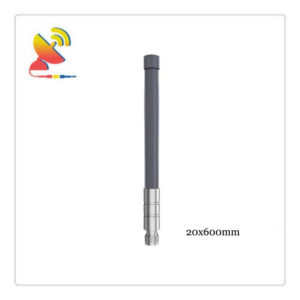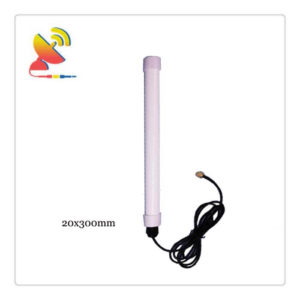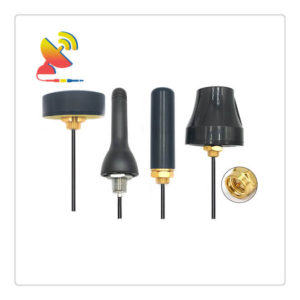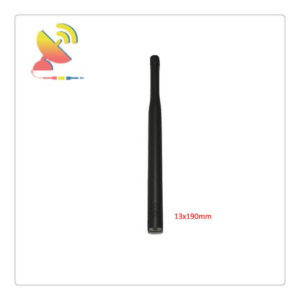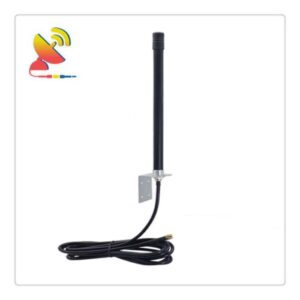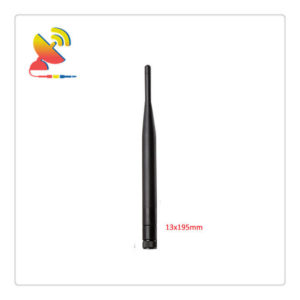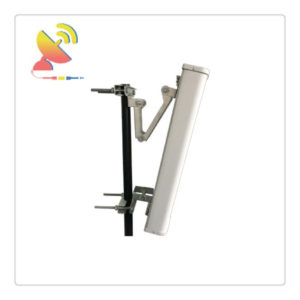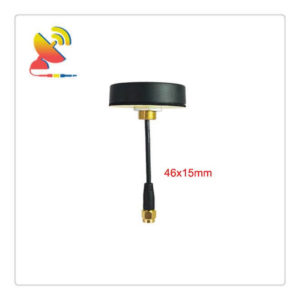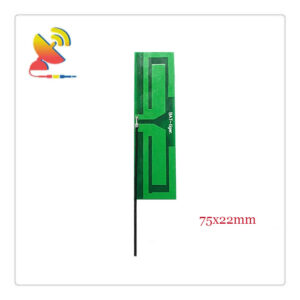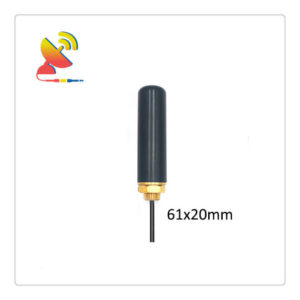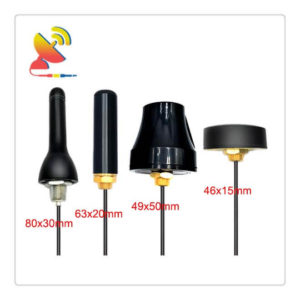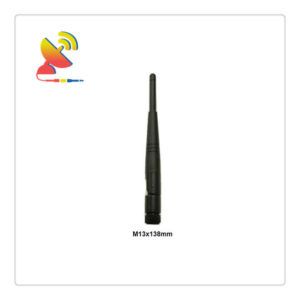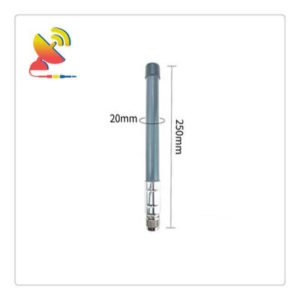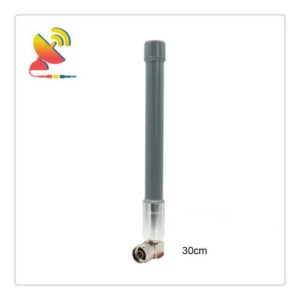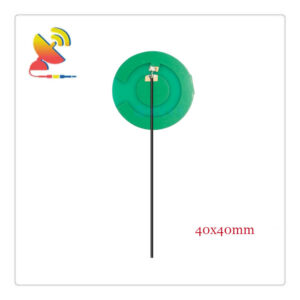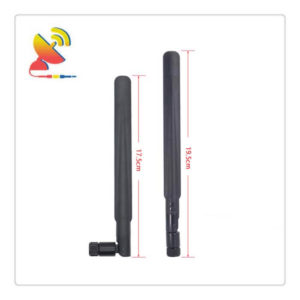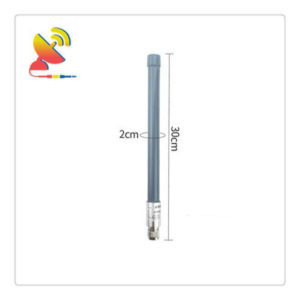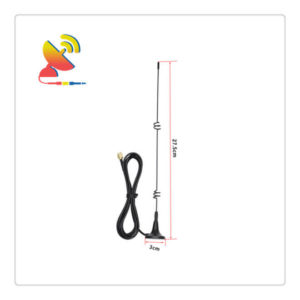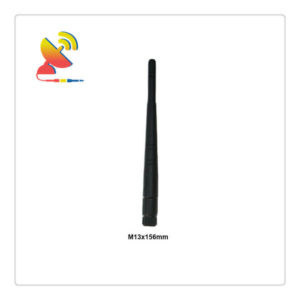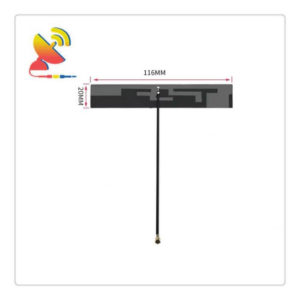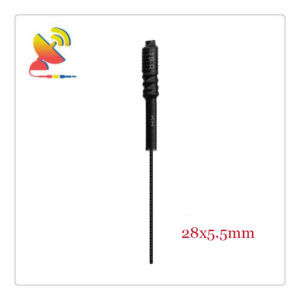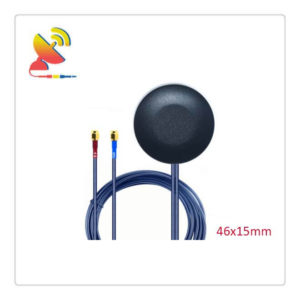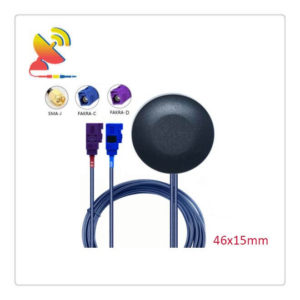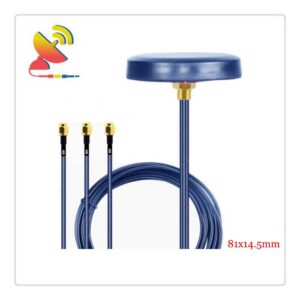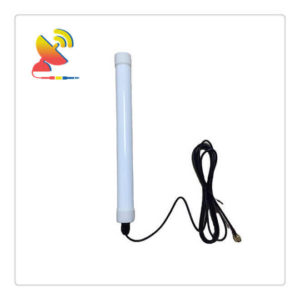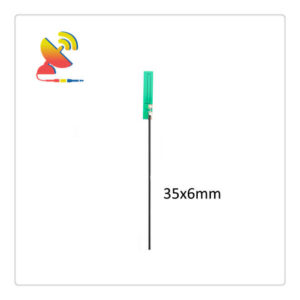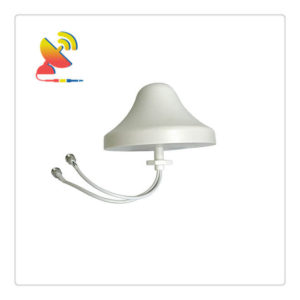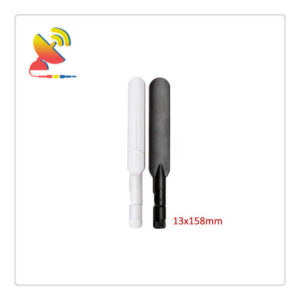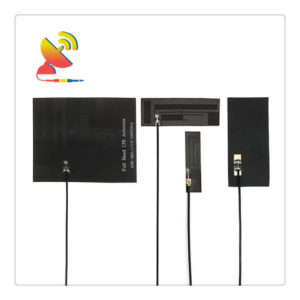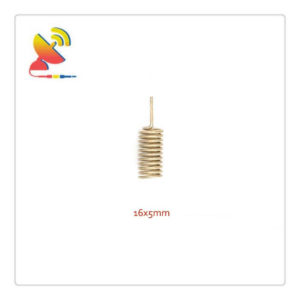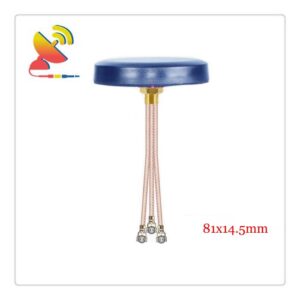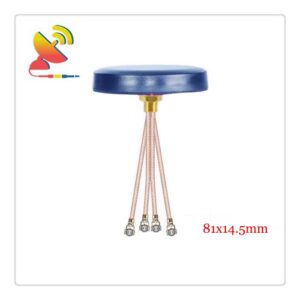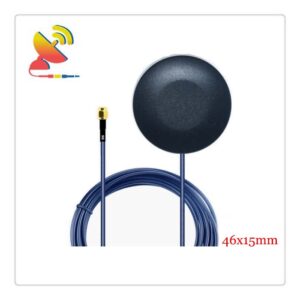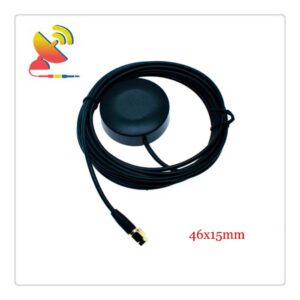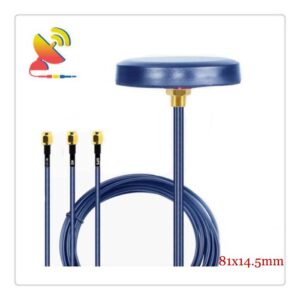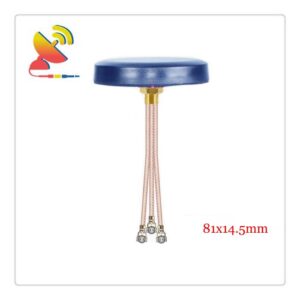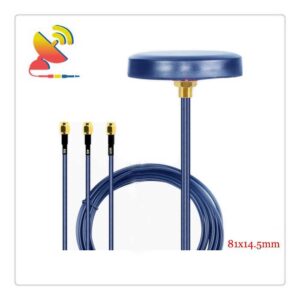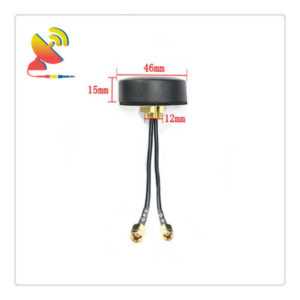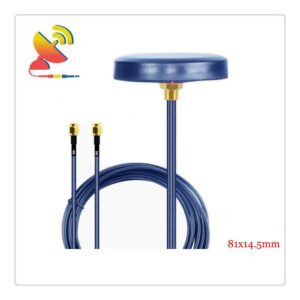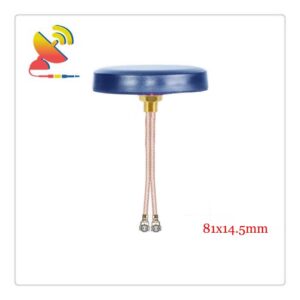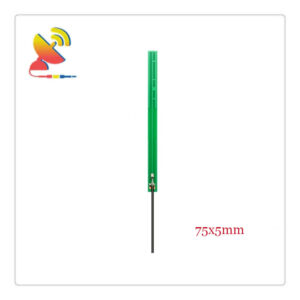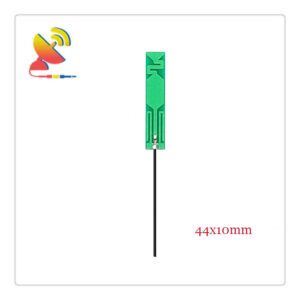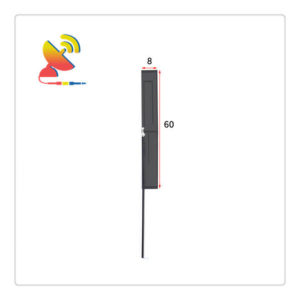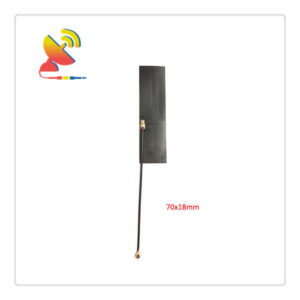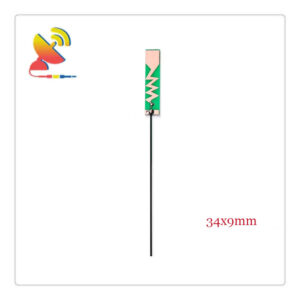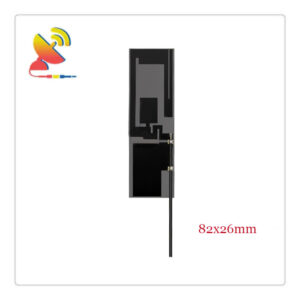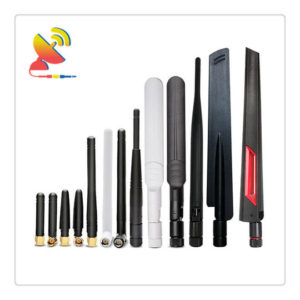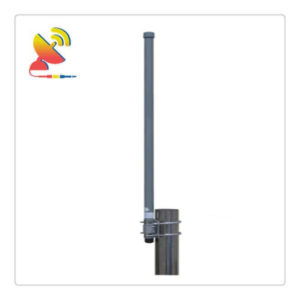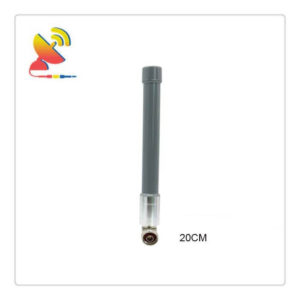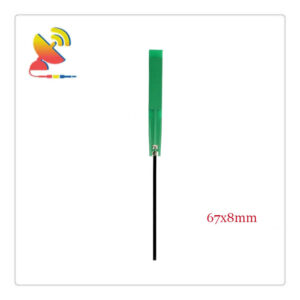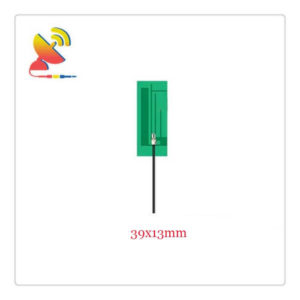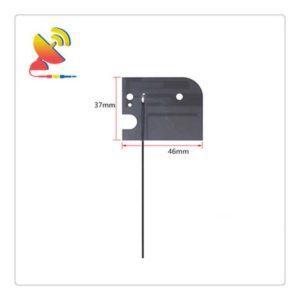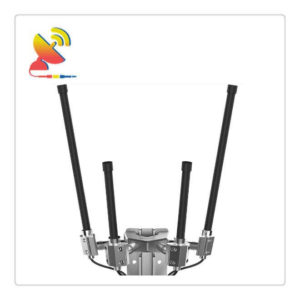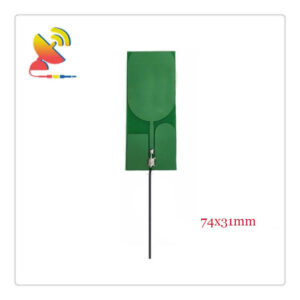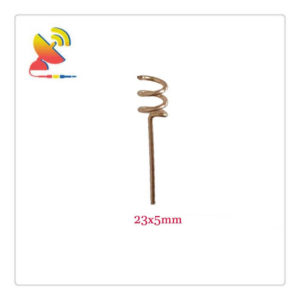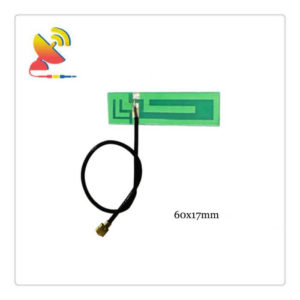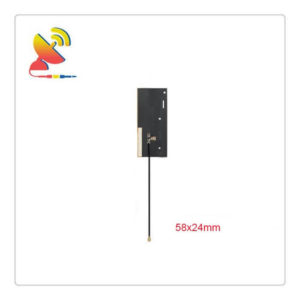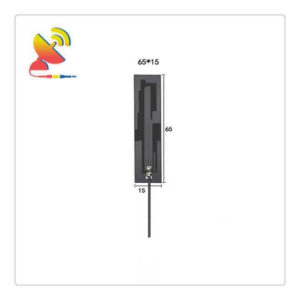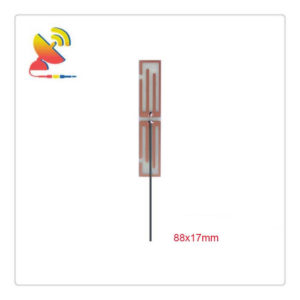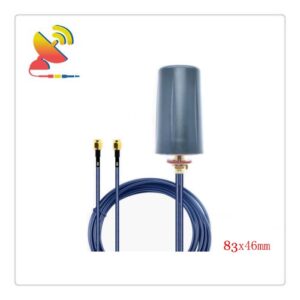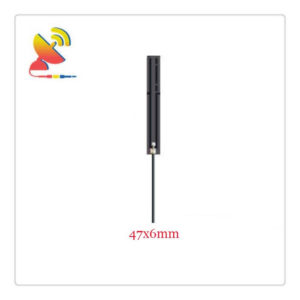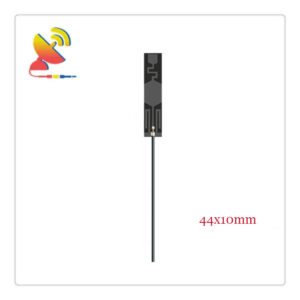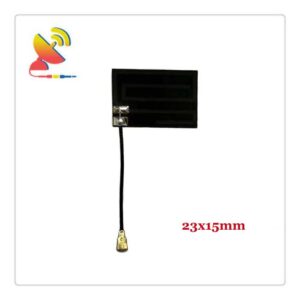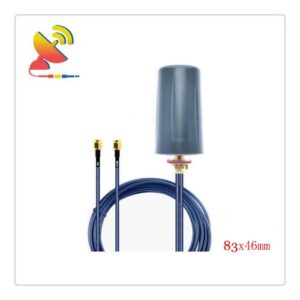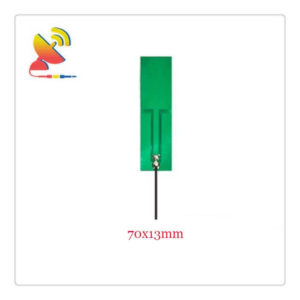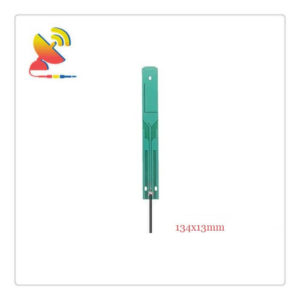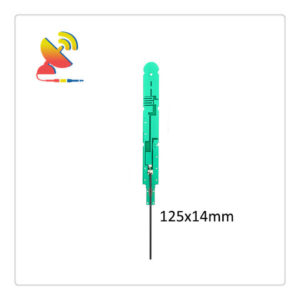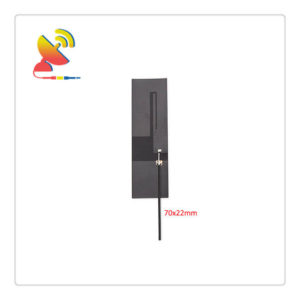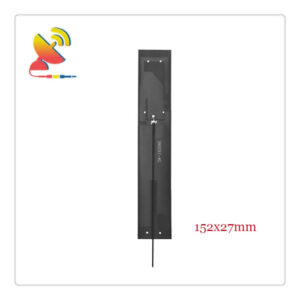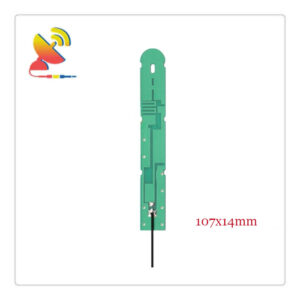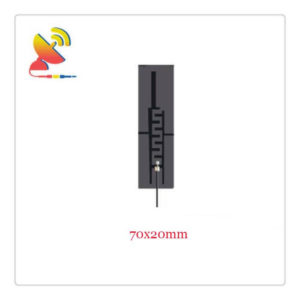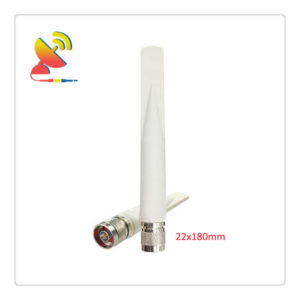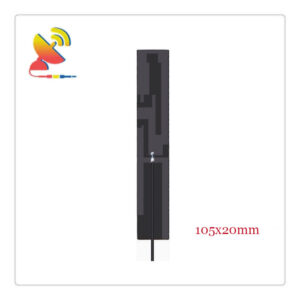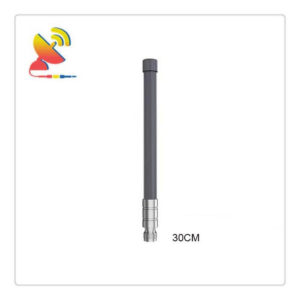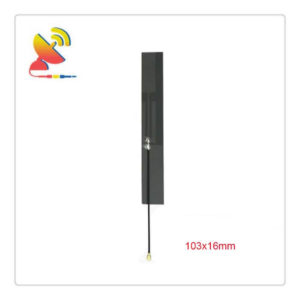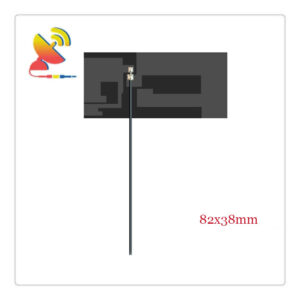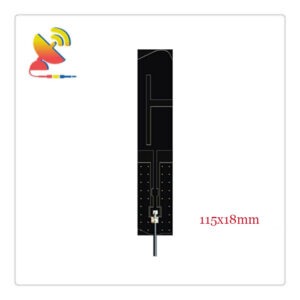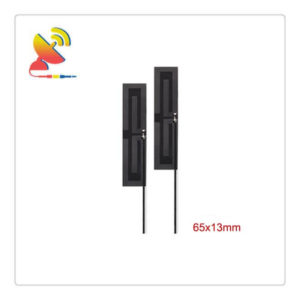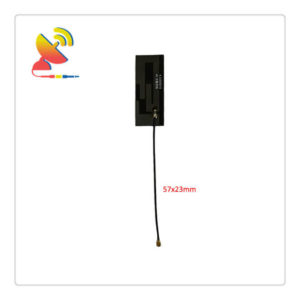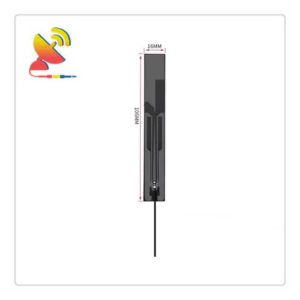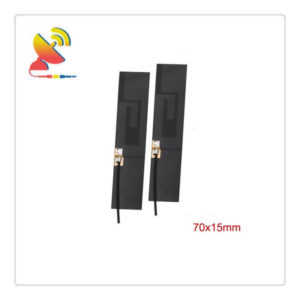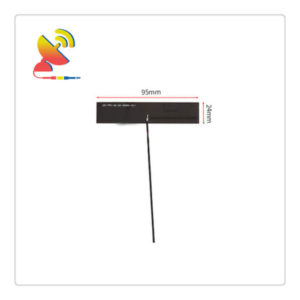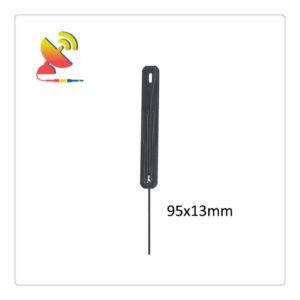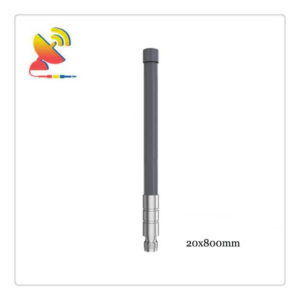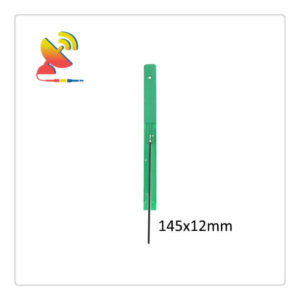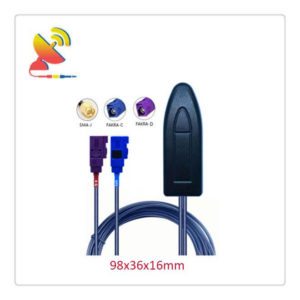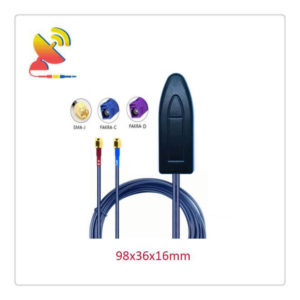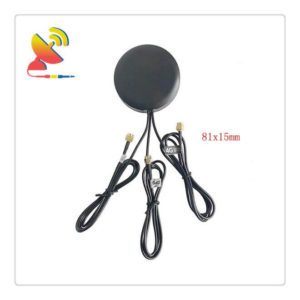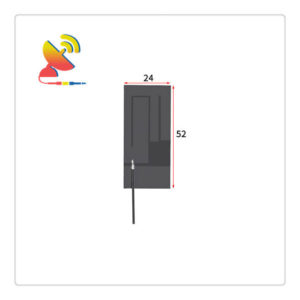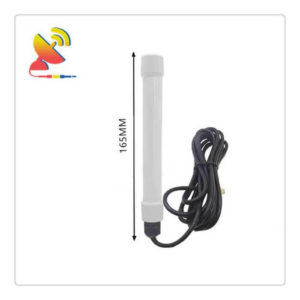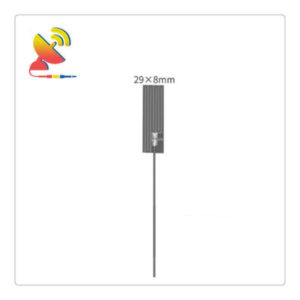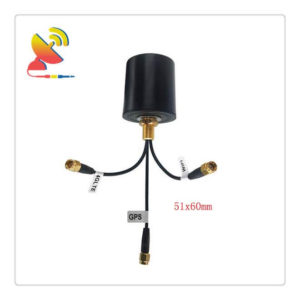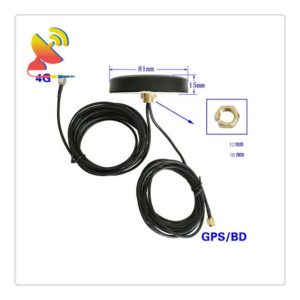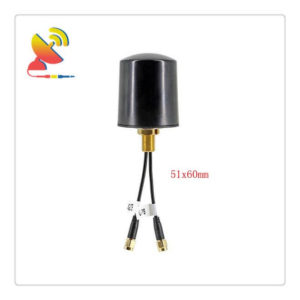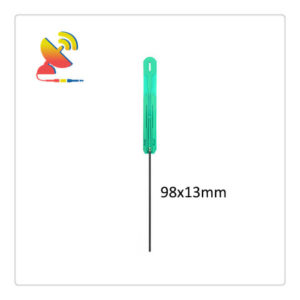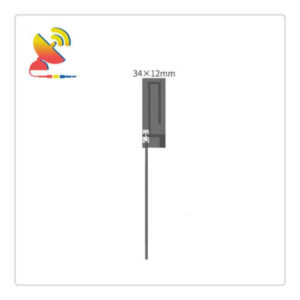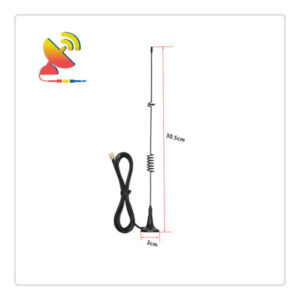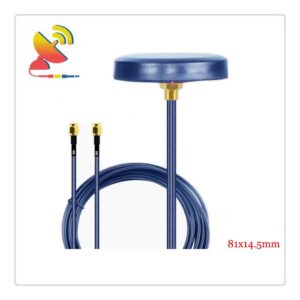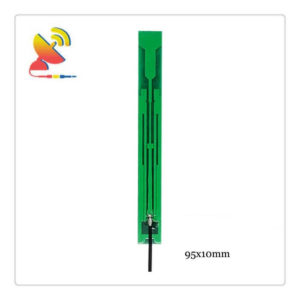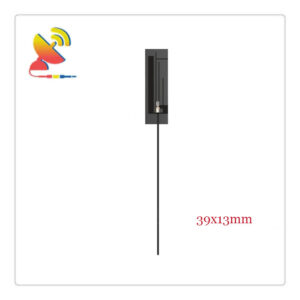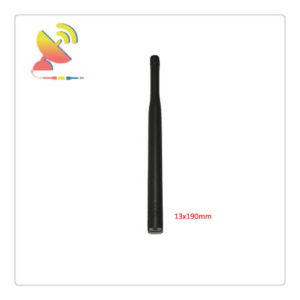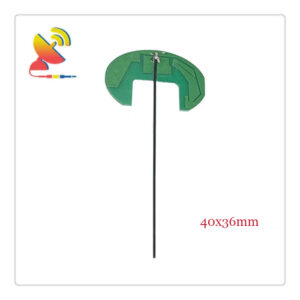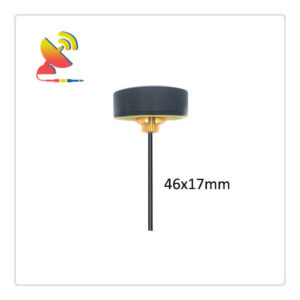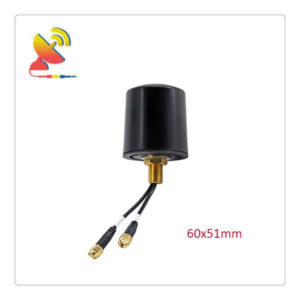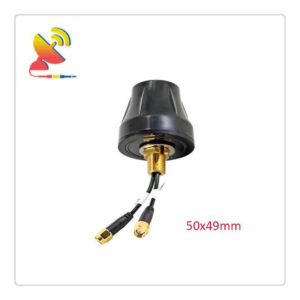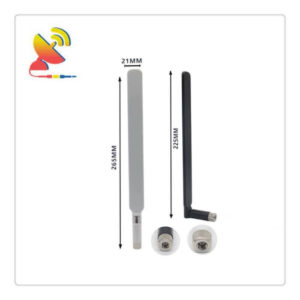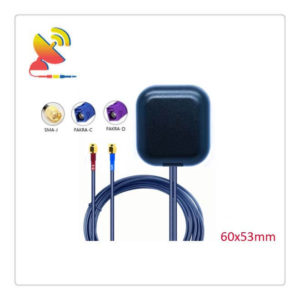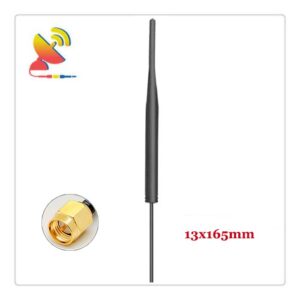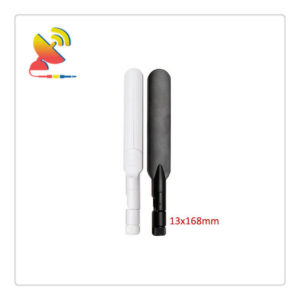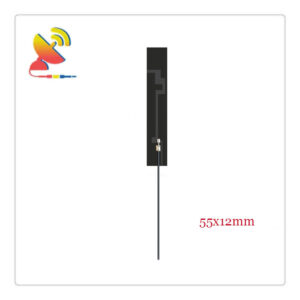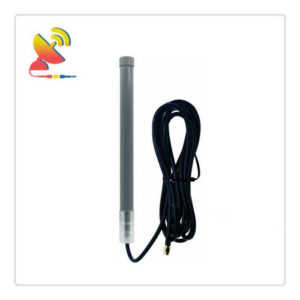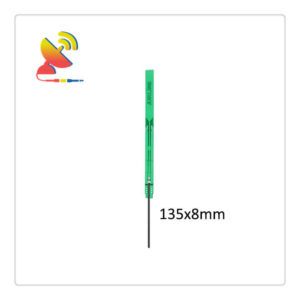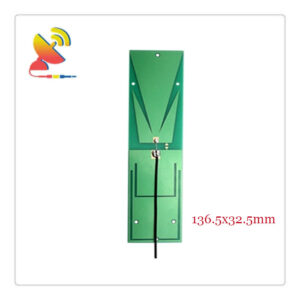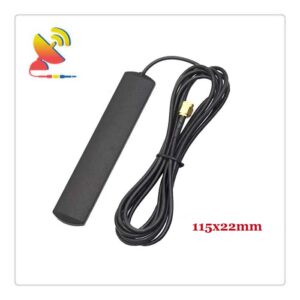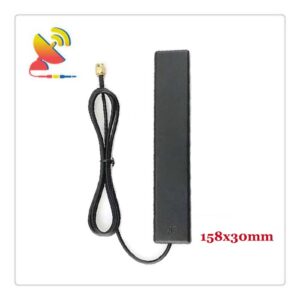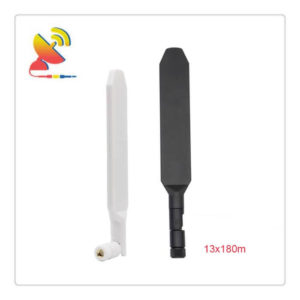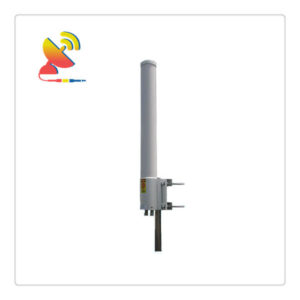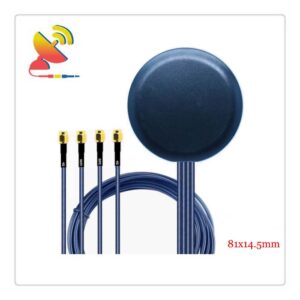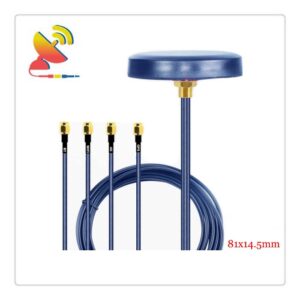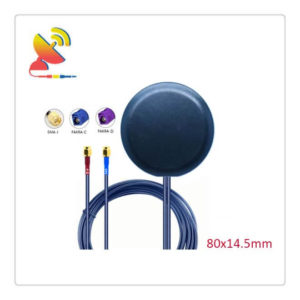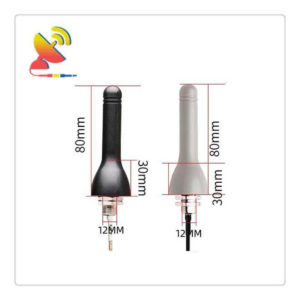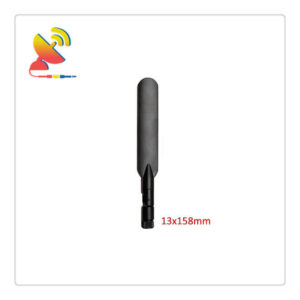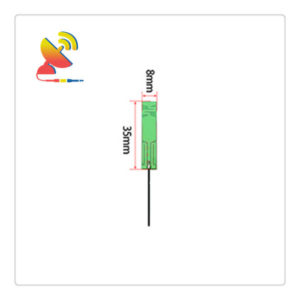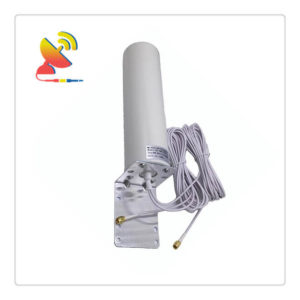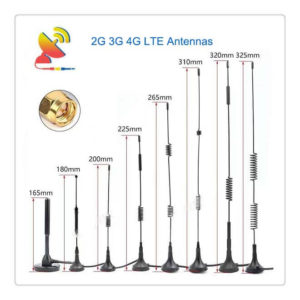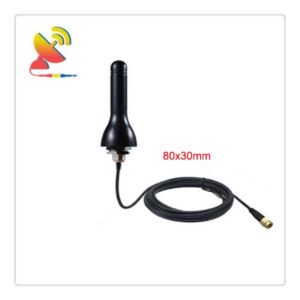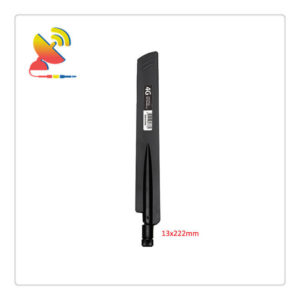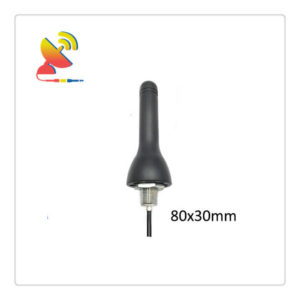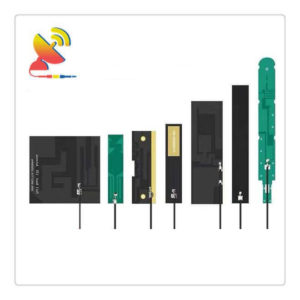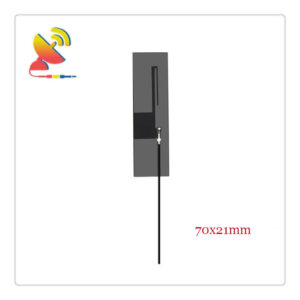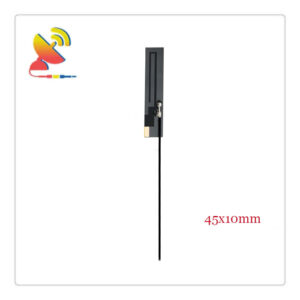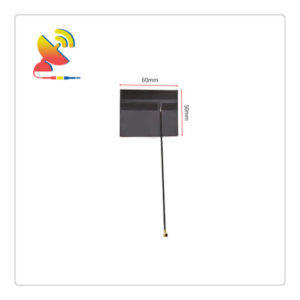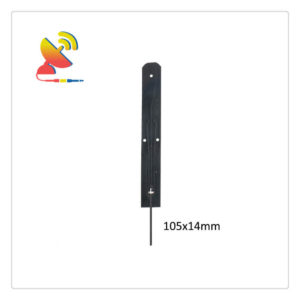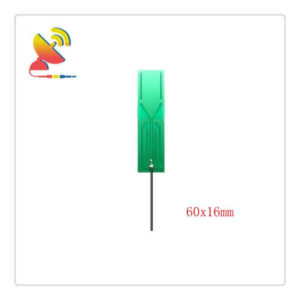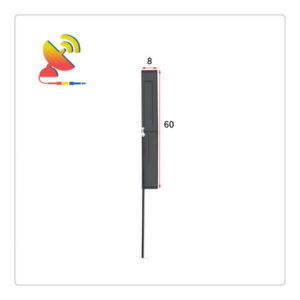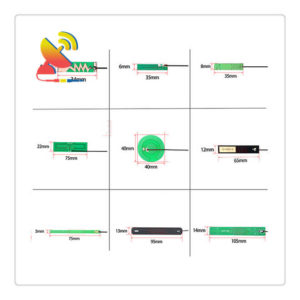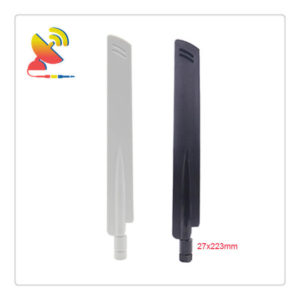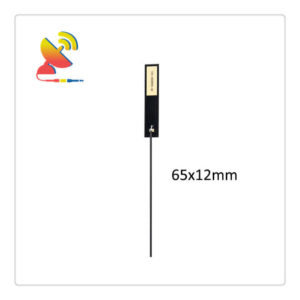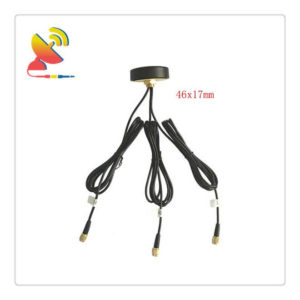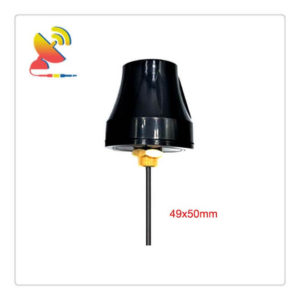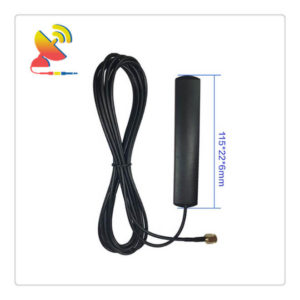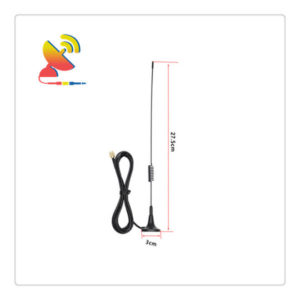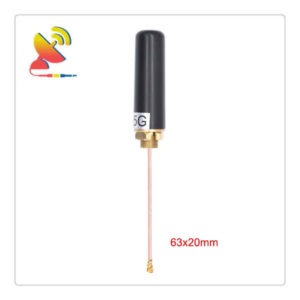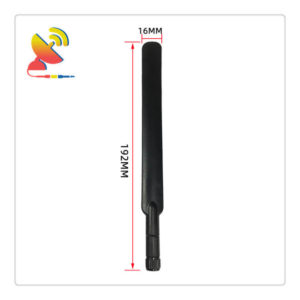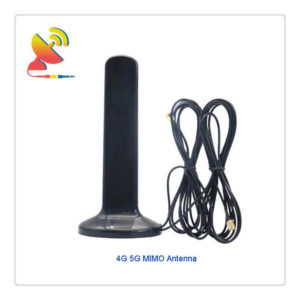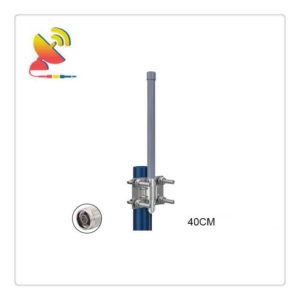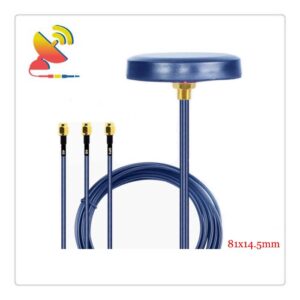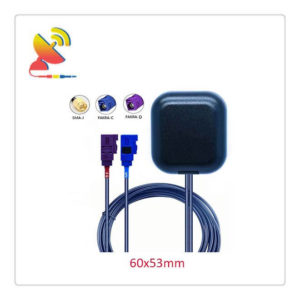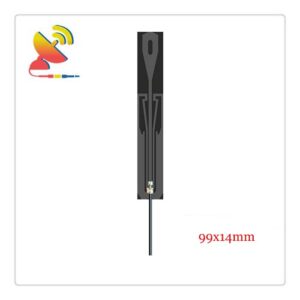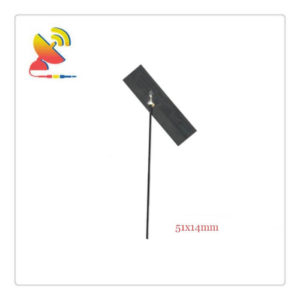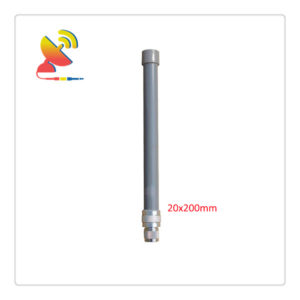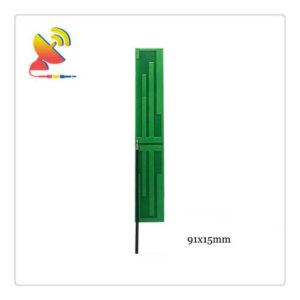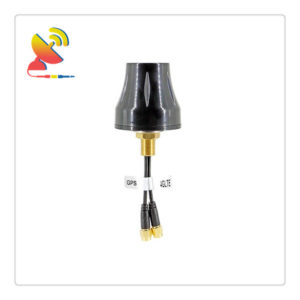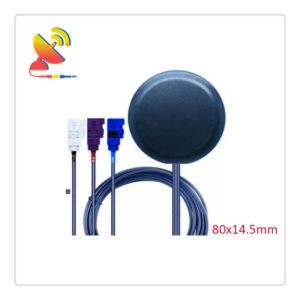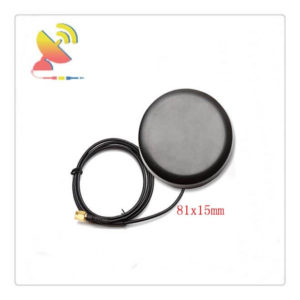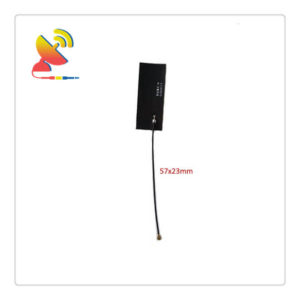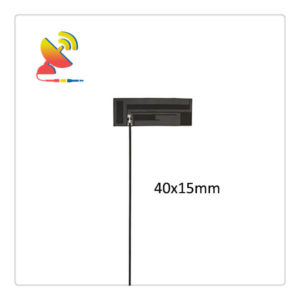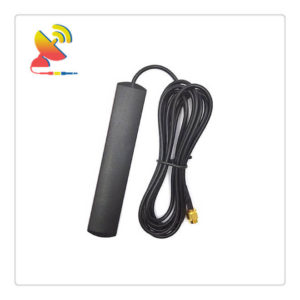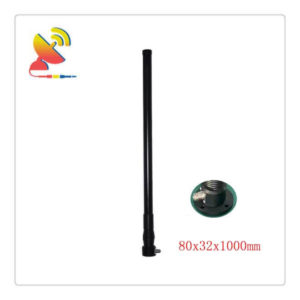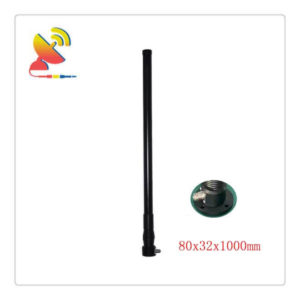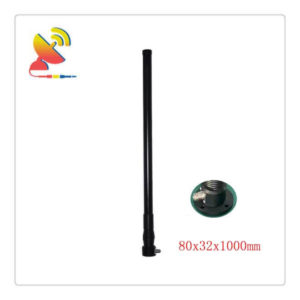4G Antennas
-
Yagi Antenna 4G Long-range Outdoor Directional Antenna
Read more -
Waterproof Omni-directional Fiberglass 4G Antenna For Smart Meter
Read more -
Waterproof Antenna Outdoor 4G Antenna SMA LTE Antenna
Read more -
Vehicle Antenna Through-hole Screw Mount Antenna Design
Read more -
SMA LTE Antenna 4G Omni Antenna
Read more -
SMA Cellular Antenna 4G Omni Wall Mount Antenna
Read more -
SMA 4G LTE Antenna
Read more -
Sector Antenna 4G Panel Antenna For Cell Phone Tower
Read more -
Puck Antenna 4G Through-hole Mount Antenna
Read more -
PCB Trace Antenna LTE 3G 4G Antenna
Read more -
PCB LTE Antenna 4G Internal Antenna
Read more -
Outdoor High-gain Screw Mount 4G LTE Antenna
Read more -
Outdoor Dome Antennas Omni Waterproof Antennas
Read more -
Outdoor Dome Antenna 8dBi High-gain 4G Antenna
Read more -
Outdoor Antenna 4G Yagi Antenna
Read more -
Omnidirectional LTE 3G 4G Router Antenna SMA
Read more -
Omnidirectional 4G Cell Antenna
Read more -
Omni-directional Fiberglass Antenna Extra-wide Band Antenna 600-6000MHz
Read more -
Omni-Directional 4G LTE Antenna PCB Antenna
Read more -
Omni LTE 5G Antenna Cellular 4G Blade Antenna
Read more -
Omni High Gain 4G LTE Cellular Antenna
Read more -
Omni directional Outdoor Antenna 4G Magnetic Mount Sucker Antenna
Read more -
Omni Dipole 3G 4G LTE Wifi Router Antenna
Read more -
Omni 8dBi 4G LTE Antenne Built-in Antenna
Read more -
Omni 4G Antenna SMA Male Antenna
Read more -
NB-IoT LTE-M Spring Antenna with IPEX Connector
Read more -
NB-IoT LTE 4G 3G GSM GPS Combo Antenna
Read more -
NB-IoT GSM GPS LTE 3G 4G Cellular Combo Antenna
Read more -
MIMO Antenna 4G 3×3 External Cellular Antenna
Read more -
Marine 4G Antenna Omni Fiberglass Antenna
Read more -
LTE PCB Antenna Indoor 4G Antenna
Read more -
LTE MIMO Antenna Ceiling Antenna Indoor Outdoor Antenna
Read more -
LTE Cat M1 Antenna SMA Male Antenna
Read more -
LTE Antenna Design 4G FPC Antenna Design
Read more -
Low-profile Spring 700MHz Antenna Helical Copper Antenna
Read more -
Low-profile LTE 5G GPS/GNSS 3-in-1 MIMO Antenna
Read more -
Low-profile 4×4 MIMO LTE Antenna 4G
Read more -
Low-profile 4G/5G Puck Antenna
Read more -
Low-profile 4G Puck Antenna Cabinet Mount Antenna
Read more -
Low-profile 4G + 5G + WiFi + GPS 4×4 MIMO Antenna
Read more -
Low-profile 3×3 MIMO LTE Wifi GPS Antenna Multiband Antenna
Read more -
Low-profile 3×3 MIMO 4G LTE Antenna
Read more -
Low-profile 3×3 5G 4G LTE WiFi MIMO Antenna
Read more -
Low-Profile 3G 4G LTE Screw-Mount Antenna
Read more -
Low-profile 3G 4G LTE MIMO 4×4 Antenna
Read more -
Low-profile 3G 4G LTE GPS Combo Antenna
Read more -
Low-profile 3G 4G Dome Antenna
Read more -
Low-profile 2×2 4G MIMO External Antenna
Read more -
Low-profile 2×2 4G LTE MIMO Puck Style Antenna
Read more -
LoRa GSM NB-IoT 3G 4G Cellular Antenna
Read more -
Internal PCB Router Antenna For 4G LTE Network
Read more -
Internal PCB Antenna 3G 4G LTE Antenna
Read more -
Internal Flex PCB LTE 3G 4G Embedded Antenna
Read more -
Internal Flex PCB Antenna High-gain 4G LTE Antenna
Read more -
Indoor LTE Omnidirectional Antenna 4G PCB Antenna
Read more -
Indoor LTE Antenna Flexible Antenna 4G
Read more -
High-performance Rubber Duck Antenna Design
Read more -
High-performance PCB Internal 4G Antenna
Read more -
High-performance Omnidirectional Antenna Design
Read more -
High-performance Omni Antenna Design
Read more -
High-performance Omni 5G NR LTE CBRS Antenna
Read more -
High-performance NB-IoT 4G LTE Full-Band PCB Antenna
Read more -
High-performance Narrowband IoT LTE PCB Antenna
Read more -
High-performance LTE Cat NB1 NB2 4G Patch Antenna
Read more -
High-performance LTE Antenna Cable Ipex Antenna
Read more -
High-performance IoT Antenna Design
Read more -
High-performance GSM NB-IoT 2G 3G 4G LTE PCB Antenna
Read more -
High-performance GSM 4G LTE Cat NB-IoT Helical Antenna
Read more -
High-performance GSM 4G Antenna LTE PCB Antenna
Read more -
High-performance Flexible Circuit Boards GSM 4G Antenna
Read more -
High-performance Flexible Antenna 4G LTE Internal Antenna
Read more -
High-performance Flexible 4G LTE Indoor Antenna
Read more -
High-performance Flex PCB Antenna 4G LTE
Read more -
High-performance Antenna LTE 4G Embedded Antenna
Read more -
High-performance 700MHz LTE Antenna Flexible PCB Antenna
Read more -
High-performance 5G N78 Antenna LTE PCB Antenna
Read more -
High-performance 4G Omni-directional LTE MIMO Antenna
Read more -
High-performance 4G LTE Aerial Flexible PCB Antenna
Read more -
High-performance 4G Aerial GSM NB-IoT Spring Antenna
Read more -
High-performance 3G 4G LTE Antenna Flex PCB Embedded Antenna
Read more -
High-performance 3G 4G Antenna Flexible PCB Antenna
Read more -
High-performance 2×2 MIMO 4G WiFi Omni Antenna
Read more -
High-Gain PCB Cellular Antenna 4G CAT-M LTE-NB
Read more -
High-gain NB-IoT 4G 3G Antenna Embedded Antenna PCB
Read more -
High-gain LTE PCB 4G Internal Antenna
Read more -
High-gain LTE Antenna 4G PCB Antenna
Read more -
High-gain LTE Antenna 4G Flex PCB Antenna
Read more -
High-gain LTE 4G Antenna Internal Flexible PCB Antenna
Read more -
High-gain GSM 4G LTE NB-IoT Spring IPEX Antenna
Read more -
High-Gain Cellular LTE Antenna PCB 4G CAT-M
Read more -
High-gain Cat M1 Antenna Narrowband IoT Flexible PCB Antenna
Read more -
High-gain Antenna Outdoor 4G Diversity LTE Antenna
Read more -
High-Gain Antenna 4G Flexible Antenna
Read more -
High-gain 8dBi 4G LTE NR 5G Omni Antenna
Read more -
High-gain 4G Network Receiver Flexible PCB Antenna
Read more -
High-Gain 4G LTE 5G NR Flexible PCB Antenna
Read more -
High-Gain 4G GSM PCB Flat Antenna
Read more -
High-gain 4G Flexible PCB Antenna
Read more -
High-gain 4G Antenna Flexible PCB Antenna
Read more -
High-gain 3G 4G LTE Antenna Embedded FPC Antenna
Read more -
High-gain 2G 3G 4G Antenna Built-in Flexible PCB Antenna
Read more -
High Gain LTE Antenna 4G Internal Antenna
Read more -
High Gain 4G LTE PCB Antenna Internal Antenna
Read more -
High Gain 4G LTE Flexible PCB Antenna
Read more -
High gain 4G LTE Antenna Internal Flexible PCB Antenna
Read more -
High Gain 4G LTE Antenna Embedded FPC Antenna
Read more -
High Gain 4G Antenna Indoor PCB Antenna
Read more -
High Gain 4G Antenna 8dBi Omni-directional Antenna
Read more -
High Gain 2G 3G 4G LTE Antenna PCB Trace Antenna
Read more -
GSM GPS Combo 4G NB-IoT Cellular Antenna
Read more -
GSM GPS 4G LTE NB-IoT Cellular Combination Antenna
Read more -
GSM 4G Wifi GPS Multi-band Antenna Magnetic Mount Antenna
Read more -
GSM 3G 4G LTE Antenna Flex PCB Antenna
Read more -
GSM 3G 4G Antenna SMA Cable Antenna Extension
Read more -
GSM 3G 4G Antenna Flexible PCB Antenna
Read more -
GPS Wifi 4G Combo Antenna Screw Mount
Read more -
GPS Beidou 4G Integrated Antenna Combination Antenna
Read more -
GPS 4G LTE Cellular Combined Antenna Bracket Screw Mount Antenna
Read more -
Good 4G LTE Antenna Internal PCB Antenna
Read more -
Flexible LTE Antenna Embedded PCB Antenna 4G
Read more -
Extra Wide-band 600MHz-6000MHz 2G 3G 4G 5G Magnet Antenna
Read more -
External Antenna MIMO 2×2 4G/5G Dome Antenna
Read more -
Embedded PCB 6dBi High Gain 4G LTE Antenna
Read more -
Embedded 4G Antenna For Router Flex PCB Antenna
Read more -
Dipole Omnidirectional Antenna 4G LTE Waterproof Antenna
Read more -
Custom GSM 4G Built-in PCB Antenna
Read more -
Compact Low-profile 3G 4G Screw Mount Antenna
Read more -
Combination Antenna 4G GPS Antenna MIMO Antenna
Read more -
Cellular NB-IoT 4G 5G Antenna SMA Rubber Duck Antenna
Read more -
Cellular NB-IoT 4G 3G GSM Wifi Combo Antenna
Read more -
Cellular LTE 4G 5G For IoT M2M Indoor-outdoor Antenna
Read more -
Cellular GSM LTE 4G Wifi Combination Antenna
Read more -
Cellular 4G NB-IoT 3G Wifi Antenna Puck Antenna
Read more -
Cellular 4G LTE 5G NR External SMA Antenna
Read more -
Cellular 3G 4G LTE NB-IoT GSM GPS Antenna
Read more -
Cat-M LTE Antenna SMA NB-IoT 4G Omni Antenna
Read more -
Cat M1 Antenna SMA Omni Antenna
Read more -
Cabinet Mount Combination Antenna GPS+4G LTE Antenna
Read more -
Built-in Antenna LTE 4G FPC Omni Dipole Antenna
Read more -
Boat 4G Antenna LTE Omni Antenna
Read more -
Best LTE Antenna 3G 4G PCB Trace Antenna
Read more -
Best 4G LTE Indoor Antenna PCB Trace Antenna
Read more -
Best 4G LTE Antenna Embedded Antenna
Read more -
Active GPS BD 4G Combo Antenna Vehicle Antenna
Read more -
600-6000MHz Wideband Adhesive Mount Antenna
Read more -
5G NR Adhesive Mount Patch Antenna
Read more -
5G LTE Antenna Rubber Ducky Antenna
Read more -
5G 4G LTE MIMO Antenna NR Antenna For Wireless Networks
Read more -
4×4 MIMO External Antenna for WiFi 4G LTE GPS
Read more -
4×4 MIMO 5G 4G GPS/Cellular/WiFi Multi-Band Antenna
Read more -
4G Wifi External Antenna Magnetic Mount Puck Antenna
Read more -
4G Vehicle Antenna Through-hole Screw Mount Antenna
Read more -
4G Router SMA Connector Rubber Duck Antenna
Read more -
4G Router SMA Antenna Rubber Duck Antenna
Read more -
4G Omni Directional Antenna PCB Antenna
Read more -
4G MIMO Antenna Omnidirectional Fiberglass Antenna
Read more -
4G Magnetic Antenna SMA Cellular Antenna
Read more -
4G LTE-M Antenna NB-IoT Antenna
Read more -
4G LTE Vehicle Antenna Through-hole Mount Antenna
Read more -
4G LTE SMA Antenna External Antenna
Read more -
4G LTE Screw Mount Antenna Waterproof Radome Antenna
Read more -
4G LTE PCB Antenna Design
Read more -
4G LTE PCB Antenna Design
Read more -
4G LTE Patch Antenna Ipex Antenna
Read more -
4G LTE Omnidirectional Antenna Embedded FPC Antenna
Read more -
4G LTE NB-IoT Antenna Flexible PCB Antenna
Read more -
4G LTE Multiband Flexible PCB Antenna
Read more -
4G LTE High-gain Antenna Embedded PCB Antenna
Read more -
4G LTE High Gain Antenna FPC Antenna
Read more -
4G LTE Cellular Adhesive Mount Antenna
Read more -
4G LTE Antenna SMA Male Connector Antenna
Read more -
4G LTE Antenna PCB Trace Antenna
Read more -
4G LTE Antenna Embedded Flexible PCB Antenna
Read more -
4G LTE Antenna Design 4G PCB Antenna Design Project
Read more -
4G LTE 5G NR 6G Antenna For Wireless Communication
Read more -
4G LTE 5G New Radio Sub-6G Omnidirectional Antenna
Read more -
4G Internal Antenna LTE PCB Trace Antenna
Read more -
4G GPS Wifi Combination Screw Mount Antenna
Read more -
4G Dome Antenna Waterproof Antenna
Read more -
4G Car Antenna Adhesive Antenna
Read more -
4G Antenna SMA Magnetic Mount Whip Antenna
Read more -
4G Antenna Extension Cable Ipex Antenna
Read more -
4G Antenna Design LTE PCB Antenna Design
Read more -
4G Antenna Design Dipole Antenna Design
Read more -
4G And 5G Antenna Through-hole Mount Antenna
Read more -
4G 5G Wireless 6G Omni Dipole Antenna
Read more -
4G 5G RF Antenna Omnidirectional Cellular Antenna
Read more -
4G 5G MIMO Antenna LTE Cellular Antenna
Read more -
4G 5G External Antenna Extra Wide-band Antenna
Read more -
4G 4G GPS 3×3 MIMO Vehicle Antenna
Read more -
4G 3G GSM And GPS Antenna Combining Antennas
Read more -
3×3 MIMO 5G LTE GPS Combo Antenna
Read more -
3G/4G LTE Antenna Flex PCB Antenna
Read more -
3G LTE 4G Antenna Internal FPCB Antenna
Read more -
3G 4G Outdoor Cellular Antenna Waterproof Antenna
Read more -
3G 4G LTE Antenna Omnidirectional Dipole Fiberglass Antenna
Read more -
3G 4G LTE Antenna High-performance PCB Antenna
Read more -
3G 4G GPS Screw Mount Combination Antenna
Read more -
3-in-1 Antenna 4G Wifi GPS Antenna Combo Antenna
Read more -
2×2 MIMO Antenna Omnidirectional 4G LTE Antenna
Read more -
2G 3G 4G LTE Cabinet Screw Mount Antenna
Read more -
2G 3G 4G Broadband Antenna FPCB LTE Antenna
Read more -
2G 3G 4G Antenna Flexible PCB Antenna
Read more -
2G 3G 4G Antenna Flat Blade LTE Antenna Patch Adhesive Antenna
Read more -
2G 3G 4G 5G Antenna Omnidirectional Cellular Antenna
Read more -
2500-2700MHz Anti-Jamming Omni Antenna For Anti-Drone Equipment
Read more -
2300-2500MHz Anti-UAV Jammer Antenna For Anti Drone Jammers
Read more -
2110-2180MHz Anti-Drone Jammer Antenna For Anti-Jammer Device
Read more
4G Antennas Manufacturer
C&T RF Antennas Inc is the internal 4G LTE antennas & external LTE 4G antennas manufacturer in China.
What are LTE 4G Antenna Frequency bands?
4G LTE technologies brought it additional spectrum and frequency bands, namely around 600 MHz, 700 MHz, 1.7/2.1 GHz, 2.3 GHz, 2.5 GHz, and 2.695 GHz.
In many markets 4G antenna data (LTE, WiMax) is on 700-960 MHz, 1710-2100 MHz, 1900-2300MHz, and 2500-2700 MHz).
C&T RF Antennas Inc offers a complete range of LTE 4G antennas and antennas for 2G, 3G, 4G, and now 5G New Radio applications.
C&T RF Antennas Inc specializes in indoor-outdoor antennas combo antennas and many products combine multiple functions including cellular / LTE, Wifi, and GPS/GNSS/GLONASS/Beidou into a single compact housing.
With the increasing use of data for internet access and video streaming – high-performance MiMo antennas are often a requirement for many applications and C&T RF Antennas Inc has a range of MIMO 4G LTE antennas across a variety of form factors and mounting options.
C&T RF Antennas Inc internal-external antennas are available for 2G, 3G, 4G, LTE, GPS, 5G NR, 6G networks.
C&T RF Antennas Inc internal-external antennas have been designed to have some of the highest efficiency, widest spectrum, highest quality, and best pricing on the market.
4G antenna communication technology is the fourth-generation mobile information system. It is a better improvement in 3G technology.
Compared with 3G communication technology, 4G antenna communication technology has a greater advantage in that it combines WLAN technology and 3G communication technology.
A good combination makes the image transmission speed faster and makes the quality of the transmitted image and the image look clearer.
The application of 4G antenna communication technology in smart communication devices allows users to surf the Internet faster, with speeds up to 100Mbps.
4G antenna communication technology is based on the previous 2G and 3G communication technologies, and some new technologies have been added to it to make the wireless communication signal more stable, increase the data transmission rate, and have smoother compatibility and higher communication quality.
Moreover, the technology used in 4G antenna communication is also more advanced than 2G and 3G antenna communication, making information communication faster.
Based on 3G antenna technology, 4G antenna technology is continuously optimized, upgraded, and innovatively developed. It integrates the advantages of 3G antenna technology and has derived a series of inherent characteristics of its own, with WLAN technology as the development focus.
The innovation of 4G antenna communication technology gives it a greater competitive advantage compared with 3G antenna communication technology.
First of all, 4G antenna communication can realize high-definition transmission of original images and original videos in the transmission of pictures and videos, and the transmission quality is comparable to that of a computer;
Secondly, using 4G antenna communication technology, the speed of downloading software, files, pictures, audio, and video can reach up to tens of megabytes per second, which is not possible with 3G antenna communication technology, and it is also a significant advantage of 4G antenna communication technology;
This fast download mode can bring us a better communication experience, and also facilitate the download of learning materials in our daily study;
At the same time, in the context of the rapid and convenient development of the network, users have also put forward higher requirements for the cost of traffic.
From the current 4G network communication charges, the price is higher, but major operators have also introduced corresponding services for different groups. Traffic preferential policies can meet the needs of different consumer groups.
4G antenna key technology
4G antenna OFDM technology
FSK has a bit of anti-interference. The encoding uses a unipolar non-return-to-zero code.
When the code sent by the transmitter is 1, it means it is at high frequency, and when the code sent is 0, it means it is at low frequency. If the code sent is 1011010, the waveform formed by the code will show periodic fluctuations.
Signals transmitted using OFDM technology will have a certain overlap, and technicians will analyze it according to the processor, and divide different information categories according to the subtle difference in frequency, so as to ensure the stable transmission of digital signals.
4G MIMO antenna technology
4G MIMO antenna uses mapping technology.
First, the transmitting device sends the information to the wireless carrier antenna. After the antenna receives the information, it quickly compiles it, compiles the compiled data into digital signals, and sends them to different mappings. Zone, and then use diversity and multiplexing modes to fuse the received data signals to obtain hierarchical gain.
4G Smart antenna technology
Smart antenna technology is a technology that effectively combines time division multiplexing and wavelength division multiplexing technology. In 4G antenna communication technology, smart antennas can achieve omnidirectional coverage of the transmitted signal.
The coverage angle of each antenna is 120°, in order to ensure full coverage, at least three antennas will be installed at the transmitting base station.
In addition, smart antenna technology can adjust the transmitted signal to obtain the gain effect and increase the transmission power of the signal. It should be noted that the gain adjustment here is not related to the radiation angle of the antenna, but only increases the transmission on the original basis. Power is all.
4G antenna SDR technology
Software radio technology is one of the commonly used technologies in radio communication technology.
The technical idea is to bring the broadband analog-to-digital converter or the digital-to-analog converter close enough to the radio frequency antenna, write specific program codes to complete frequency band selection, and perform quantitative analysis after sampling and transmitting information, which can realize the differentiated selection of channel modulation methods and complete different security structure, the choice of the control terminal.
Related 4G antenna network architecture
4G antenna EPON network architecture
The 4G EPON network structure consists of three parts in total. There are terminal equipment, switching equipment, and power grid office equipment between users and communication providers.
There are a total of 64 transmission frames in the transmission line, and each transmission frame includes 24 bytes, that is, 192 bits of data.
The maximum transmission distance of this transmission structure can reach 20 kilometers. The EPON transmission line is divided into upper and lower layers. The upper line uses time-division multiplexing for transmission.
The switching equipment transmits different information to the terminal equipment at different transmission times to avoid confusion of various information, and the lower line uses broadcast transmission for real-time transmission. The terminal equipment screens different information and selects the information needed in real-time to receive.
4G antenna TD-LTE network architecture
4G antenna TD-LTE mainly plans network information distribution from three levels. The core layer is to increase the speed of data transmission and reduce the transmission time from the user end to the base station; the business layer is to complete data processing and exchange.
In 4G antenna communication In the business, there is a lot of data information that needs to be transmitted. The business layer can effectively increase the original transmission rate and alleviate the delay of receiving data; the transmission layer is mainly used to reference the passive optical network to achieve splitting between the OLT and the NOU.
Among them, the ONU should adopt the dual PON transmission mode at the upstream port, forming a protection network near the central office equipment to avoid data loss.
4G Antenna Applications
C&T RF Antennas Inc cellular antennas are compatible are also compatible with most cellular equipment including 3G/4G/LTE modems and routers from Airlink, Asus, CalAmp, Cisco, Cradlepoint, Digi, Huawei, Mofi, Multi-Tech, Netgear, Netcomm, Novatel, Option, Pantech, Pepwave, Proxicast, Sierra Wireless, Sixnet/Red Lion, Teltonika, Verizon Wireless, and many more.
On 3G/4G/LTE carriers such as AT&T, Sprint, T-Mobile, Verizon, US Cellular, Bell Canada, Rogers, Telus, SaskTel, BTC, Digicel, FLOW, Moviestar, Telcel, and many other carriers around the globe. They are also mostly compatible with signal booster/amplifiers from Cellphone-Mate, SureCall, weBoost, Wilson, zBoost, and others.
4G antennas can be used for commercial, Industrial, Scientific, and Medical(ISM), and Internet Of Things (IoT) applications.
Such as SCADA, Telemetry, Machine-To-Machine (M2M), Remote Data Collection, Remote Monitoring & Diagnostics, Remote Control, PLCs, RTUs, Temporary Locations, Mobile & Stationary Hotspots, Internet Anywhere, Video Surveillance Systems (Cameras, DVRs, NVRs, etc…), Alarm Systems, Traffic Control, Police, Fire, EMS, Medical, IMS, Homeland Security, & Disaster Response, Vehicles, Marine, Aviation, Automated Teller Machines (ATMs), Point-of-Sale (POS), Kiosks, Vending Machines, Gaming Machines, Digital Signage, and more.
C&T RF Antennas Inc offers high gain 4G / LTE antennas for 698-960MHz, 1710-2700 MHz, Use a 4G antenna to improve your 4G network connection.
C&T RF Antennas Inc manufactures the 5G NR antennas, 4G LTE antennas, 3G UMTS GSM antennas, 2G GPRS NB-IoT antennas, LoRa/LoRaWan antennas (includes 169MHz antennas, 230MHz antennas, 315MHz antennas, 433MHz antennas, 868MHz antennas, 915MHz antennas), 2.4GHz 5GHz Wi-Fi antennas, GNSS antennas, GPS antennas, Cellular antennas, UHF VHF antennas, UWB antennas, etc.
And the C&T RF Antennas Inc supplies the antenna accessories such as RF power amplifiers and repeaters, RF connectors and adapters, cable assemblies.
To help you select the best 4G LTE antennas for your application, please contact us for more details such as LTE 4G antenna datasheet, LTE 4G antenna pricing, LTE 4G antenna inventory, or 4G LTE antenna types.
Showing 1–16 of 208 results
-
2110-2180MHz Anti-Drone Jammer Antenna For Anti-Jammer Device
Read more -
2300-2500MHz Anti-UAV Jammer Antenna For Anti Drone Jammers
Read more -
2500-2700MHz Anti-Jamming Omni Antenna For Anti-Drone Equipment
Read more -
2G 3G 4G 5G Antenna Omnidirectional Cellular Antenna
Read more -
2G 3G 4G Antenna Flat Blade LTE Antenna Patch Adhesive Antenna
Read more -
2G 3G 4G Antenna Flexible PCB Antenna
Read more -
2G 3G 4G Broadband Antenna FPCB LTE Antenna
Read more -
2G 3G 4G LTE Cabinet Screw Mount Antenna
Read more -
2×2 MIMO Antenna Omnidirectional 4G LTE Antenna
Read more -
3-in-1 Antenna 4G Wifi GPS Antenna Combo Antenna
Read more -
3G 4G GPS Screw Mount Combination Antenna
Read more -
3G 4G LTE Antenna High-performance PCB Antenna
Read more -
3G 4G LTE Antenna Omnidirectional Dipole Fiberglass Antenna
Read more -
3G 4G Outdoor Cellular Antenna Waterproof Antenna
Read more -
3G LTE 4G Antenna Internal FPCB Antenna
Read more -
3G/4G LTE Antenna Flex PCB Antenna
Read more


